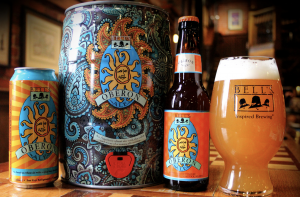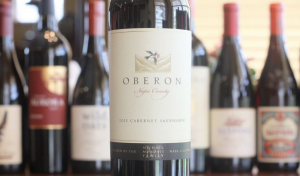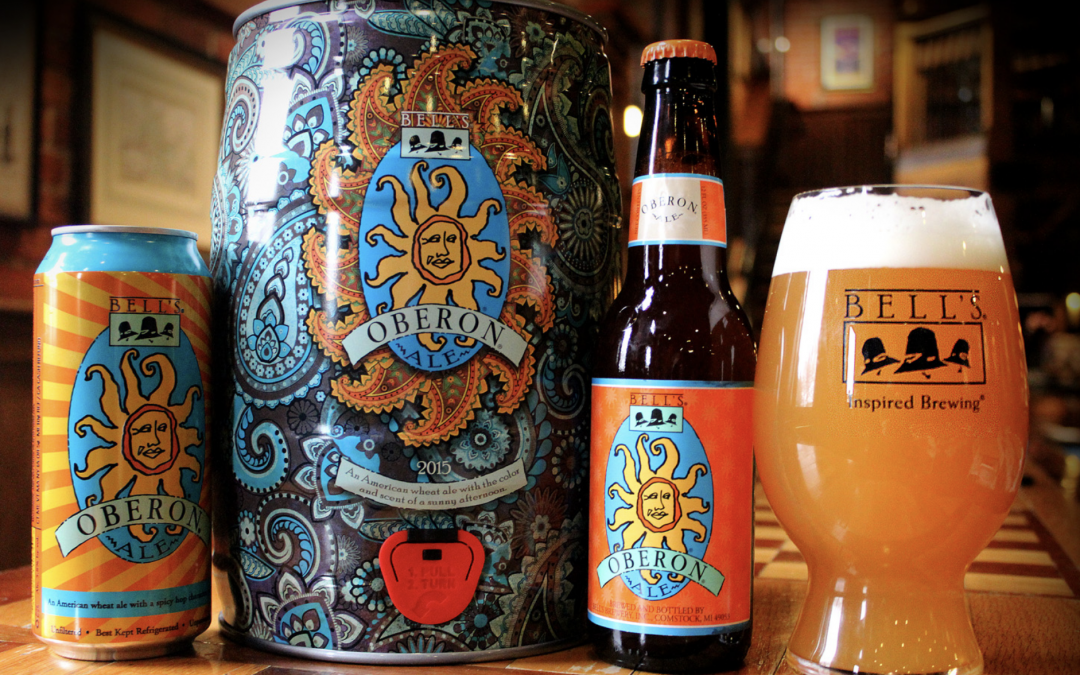Refusals to register a mark based on likelihood of confusion with a preexisting registration or earlier filed application can be difficult, especially where the marks are identical or otherwise confusingly similar and the goods or services are closely related. If the owner of the cited registration or application has stopped using its mark in commerce and has no bona fide plans to resume use of the mark in the reasonably near future, then you may be able to successfully cancel the registration or to have the owner voluntarily do so. Another potential option is to continue to use the mark in the absence of registration and to continue to build common law good will in the mark so long as an infringement action does not seem likely. Yet another potential option that may be viable in some instances, where the parties can avoid a likelihood of confusion and take steps to correct consumer confusion in the market place if it occurs, is a consent agreement. Some of these options require alerting the senior user to your presence in the market place, which is a consideration that must also be carefully considered.
“Likelihood of confusion” refers to that legal standard whereby the ultimate consumer of goods or services in the marketplace, when viewing one mark and recalling another, not necessarily in a side-by-side comparison, is likely to be confused as to whether the source of goods or services in each instance is the same or different. The U.S. Patent and Trademark Office seeks to protect consumers from likelihood of confusion as to source and to grant enforceable rights to trademark owners to preclude others from using marks that erode established trade identities. The relatively recent rise of the craft beer phenomenon has given rise to some interesting trade rights considerations that otherwise typically do not come up.
For example, none of us would presume that famous brands like Budweiser® or Coors® for beer would permit their marks to be used on anything else, whether related to beer or not, without facing the strong arm of the law. Craft beer is a little different. First, there are lots and lots of them, seasonal and year-round beers, with as many different brands, and new breweries and brands popping up on a regular basis. Second, the Trademark Office regularly rejects applications for trademarks for beer or wine where a senior user has a pre-existing application or registration for the other beverage.

I rescued an American Pitbull mix named Oberon (also an ode to the Shakespearean fairy King in “A Midsummer Night’s Dream) a year or so ago and have enjoyed Oberon® ale made by Bell’s Brewery in Michigan with his trainer over Oberon’s success in receiving his certificate of canine obedience and discipline. Recently, at a local restaurant, I ordered wine with dinner and to my surprise was served an Oberon® Napa Valley cabernet from the Michael Mondavi family. Was I confused? Not at all. The USPTO allowed the two registrations to coexist and to overcome an otherwise final 2(d) refusal because the two owners were sufficiently disciplined to file and maintain a co-existence and consent agreement in obedience to Trademark Office requirements. They agreed the marks were used on distinctive products and served distinctive commercial purposes, that the trade dress was distinct, and that the commercial impressions created were distinct. The parties also noted a history of peaceful co-existence and agreed to cooperate and to take all reasonable measures if confusion developed in the future. They recognized each other’s rights.

If you have trademark questions, either about likelihood of confusion or regarding your business IP, contact Pedigo Law Firm.

